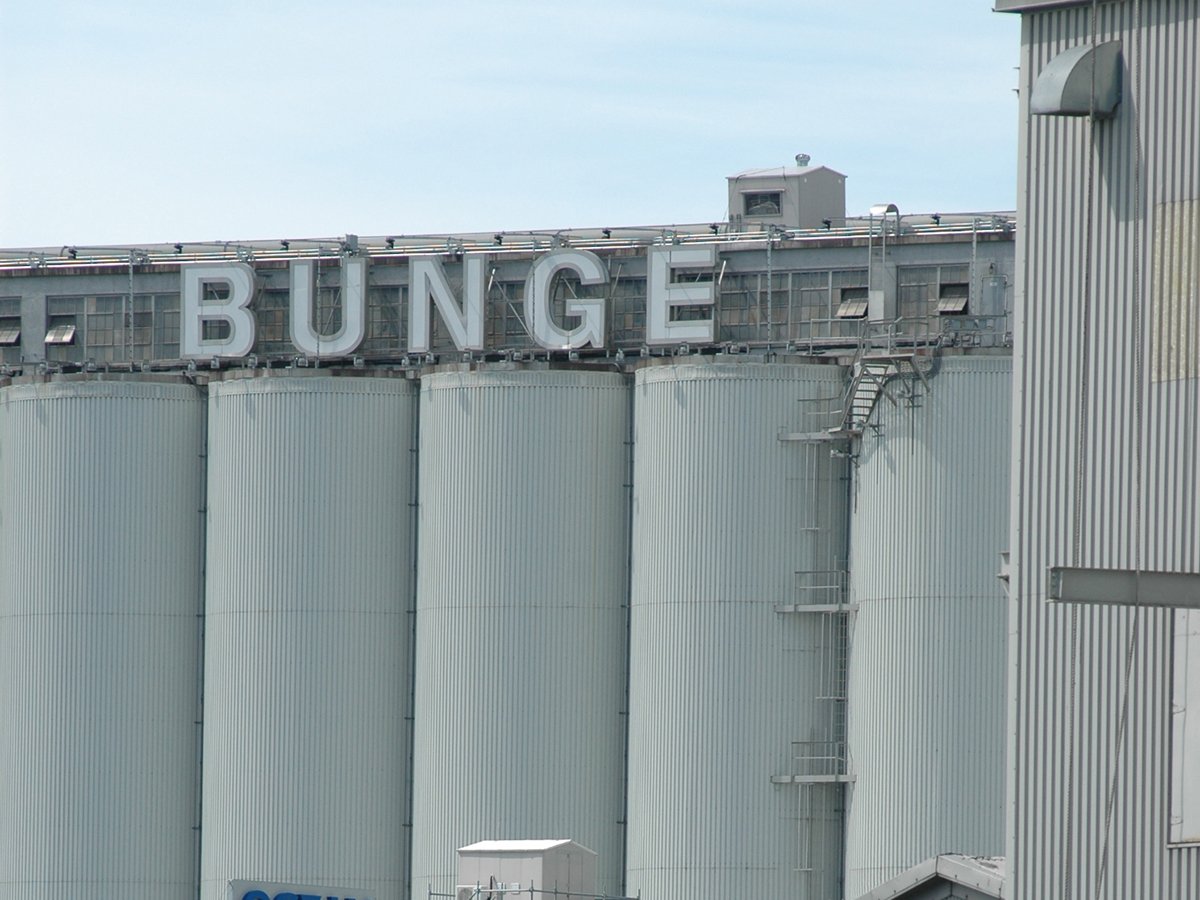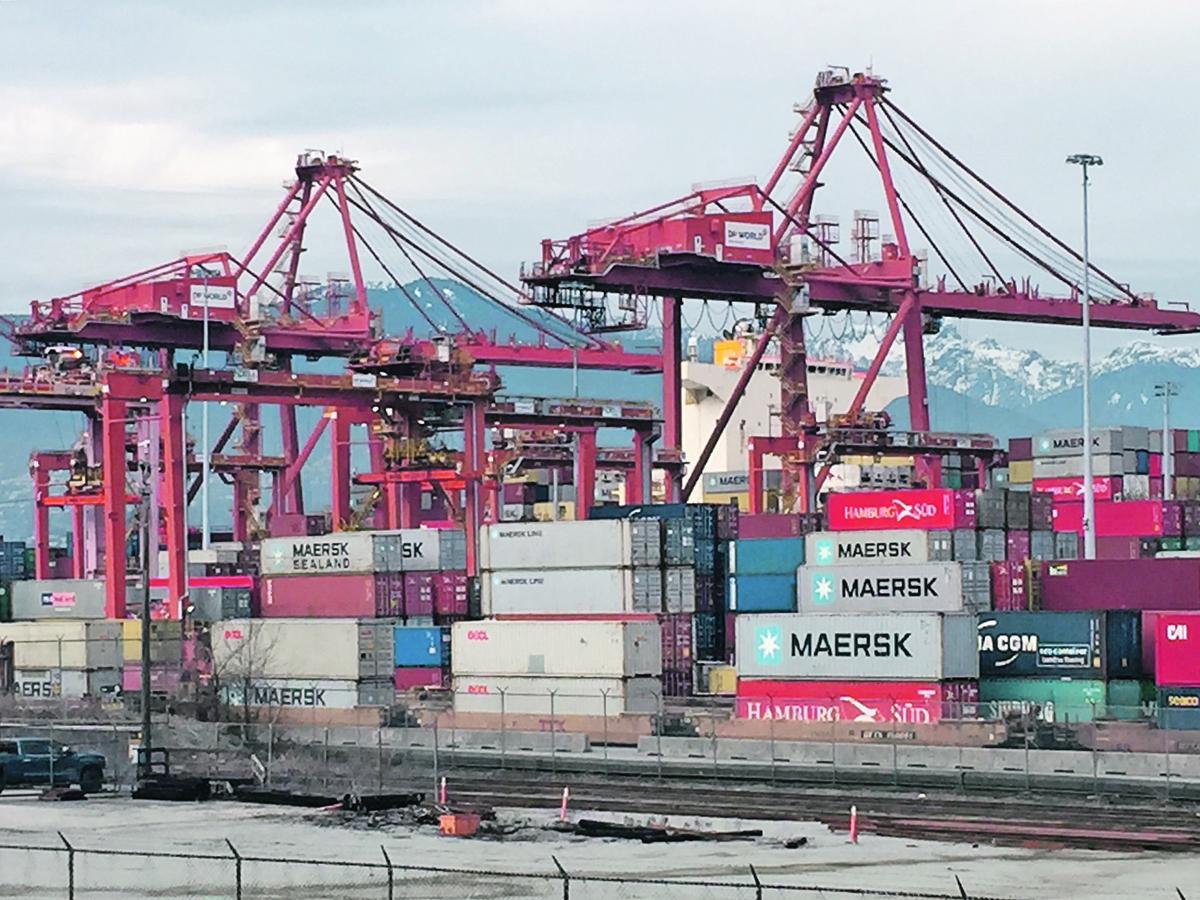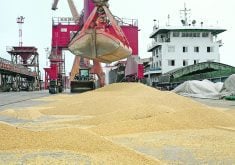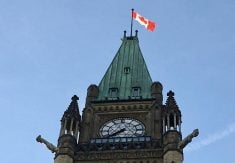If you make your living as a forecaster of markets, nothing will humble you as much as dealing with political uncertainty.
Agriculture markets have had their fair share of uncertainty from the political arena in the past decade.
The Meng Wanzhou situation sideswiped the canola market in 2018 and 2019, which wasn’t on any analyst bingo cards.
Read Also

Bunge’s crop mix is changing
Bunge has predominantly been a soybean processing firm, but that’s about to change after the merger with Viterra with softseed processing and grain merchandising gaining ground.
Putin invading Ukraine was a threat, but most pundits didn’t expect him to follow through. Commodity markets began to react only when the tanks started rolling toward Kyiv.
Markets are now faced with a U.S. administration which is largely unpredictable. This is why anyone who claims to be able to forecast the tariff situation over the next four years is just guessing.
This past weekend provides a perfect example of the random nature of political events. No one predicted that Colombia would be threatened with sanctions on Friday, but by Sunday they were facing 25 and 50 per cent tariffs. Colombia refused to allow a military transport plane to land with deportees from the U.S., which quickly escalated into tariff threats.
Eventually things were smoothed over, but the lesson is clear — events can quickly escalate with the new U.S. administration.
Colombia is a staunch ally of the United States and exports mostly crude oil and coffee. Higher coffee and energy prices for consumers obviously didn’t stop the threat of tariffs. The most reliable U.S. ally in South America was threatened with tariffs over what is really a minor diplomatic squabble.
There are a few lessons from this brief skirmish between Colombia and the U.S. for Canadians.
The first is that the U.S. no longer gives long-term allies any benefit of the doubt. History is not a consideration when dealing with countries. There are no chits to be cashed in with the current U.S. administration.
This means that negotiations are going to very transactional in nature. Tariffs seem to be the knee-jerk response to any diplomatic or trade issue with friends or foe.
The second lesson should be that internal damage to the U.S. economy is not a huge consideration for the new administration. It seems to be less focused on the threat of inflation from the application of tariffs than the implementation of tariffs in the first place.
That makes the chances of broad scale tariffs on Canada much more likely in the coming weeks or months. Tariffs may not be implemented on Feb. 1, but they are coming.
There is a silver lining from the recent event in Colombia.
That country is already a significant trading partner for Canada. Wheat exports to the end of November totalled 461,200 tonnes, which puts it in the top five Canadian markets for wheat.
Colombia also imports wheat from the U.S., which presents a marketing opportunity for Canadian wheat.
As the tariff saga continues over the next few years, we will likely see significant opportunities for Canadian products in countries that are affected by U.S. tariffs. That is a small, but important glimmer of hope in what seems to be a dark trade situation.















